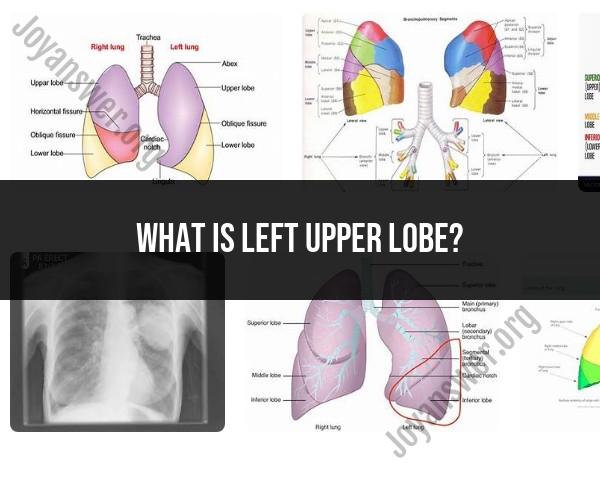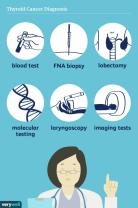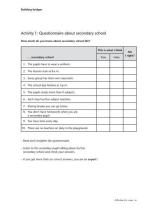What is left upper lobe?
The left upper lobe refers to one of the five lobes of the human lung. The lungs are divided into lobes, and each lung has an upper, middle, and lower lobe. The left lung has two lobes – the left upper lobe and the left lower lobe – while the right lung has three lobes – the right upper lobe, right middle lobe, and right lower lobe.
The left upper lobe is situated above the oblique fissure, which is a division between the upper and lower lobes of the lung. It is responsible for carrying out respiratory functions, including the exchange of oxygen and carbon dioxide during breathing.
Understanding the anatomy of the lungs, including the left upper lobe, is crucial in the context of respiratory health and the diagnosis and treatment of lung-related conditions such as infections, tumors, and other pulmonary diseases. Medical professionals, including pulmonologists and radiologists, often examine the specific lobes of the lungs when interpreting imaging studies like chest X-rays or CT scans to identify abnormalities or diseases affecting the respiratory system.
What anatomical area does the term "left upper lobe" refer to in the context of the lungs?
The left upper lobe (LUL) is one of the two lobes of the left lung, the other being the left lower lobe (LLL). It is located in the upper part of the left chest cavity, and it is separated from the LLL by the oblique fissure. The LUL is further divided into four bronchopulmonary segments:
Apicoposterior (AP) segment: This segment is located in the apex of the lung, and it is responsible for breathing air into the uppermost part of the left lung.
Anterior (A) segment: This segment is located at the front of the LUL, and it is responsible for breathing air into the front part of the left lung.
Superior lingula (S) segment: This segment is a small triangular portion of the LUL that extends downward from the AP segment. It is responsible for breathing air into the area above the heart.
Inferior lingula (I) segment: This segment is also a small triangular portion of the LUL that extends downward from the A segment. It is responsible for breathing air into the area below the heart.
The LUL bronchus is the branch of the left main bronchus that supplies air to the LUL. It enters the LUL through the hilum of the lung, which is a small opening on the medial surface of the lung. The LUL bronchus then divides into four branches, one for each of the bronchopulmonary segments.
The LUL is an important part of the respiratory system, and it is responsible for breathing air into the left upper part of the lungs. It is also important in the clearance of mucus and other debris from the lungs.













